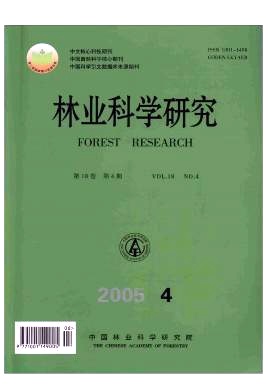Studies on Regularity of Accumulation and Disappearance of Starch Grains in Microsporogenesis and Malegametogenesis of Keteleeria fortunei
- Received Date: 2004-12-29
Abstract: The paper dealt with detailed studies on regularity of accumulation and disappearance of starch grains in microsporogenesis,pollen development and pollen germination of Keteleeria fortunei (Murr.) Carr.. The microspore mother cells (MMC) were formed in late January,2003 and then carried out meiosis from Jan.26 to Feb.5. Microspores were released from tetrads on Feb.9. Through four times of continuous mitosis, microspore developed into five-celled pollen grain in later Feb.. The mature pollen consisted of two prothallial cell, a sterile cell, a spermatogenous cell and a tube cell. The pollination occurred in early Mar., lasting about 8 days. The study indicated that starch grains accumulated and disappeared regularly at different phase during pollen development. It was observed that there were two dominant peak accumulation of starch grains. One occurred just before the meiosis of the MMC taking place and another appeared before the microspore beginning mitosis. The amount of starch grains gradually decreased with the division of the cells. And it was showed that the distribution of starch grains changed regularly with the rhythm of pollen development. The starch grains aggregated gradually toward the equatorial region during the metaphase I and then moved to the daughter nucleus during anaphase I , and finally distributed to the four daughter cells equally when the meiosis of the MMC ended. During the maturation of pollen, the starch grains aggregated mainly around the nucleus. All of them disappeared before pollination.The Sudan Ⅲ test indicated that they changed into fat. But they appeared again in the pollen tubes after pollen grains were cultured in vitro and germinated. It was supposed that the reserve of starch grains in mature pollen was in line with ecophysiological adaptations such as the respective pollination syndrome rather than systematics.





 DownLoad:
DownLoad: